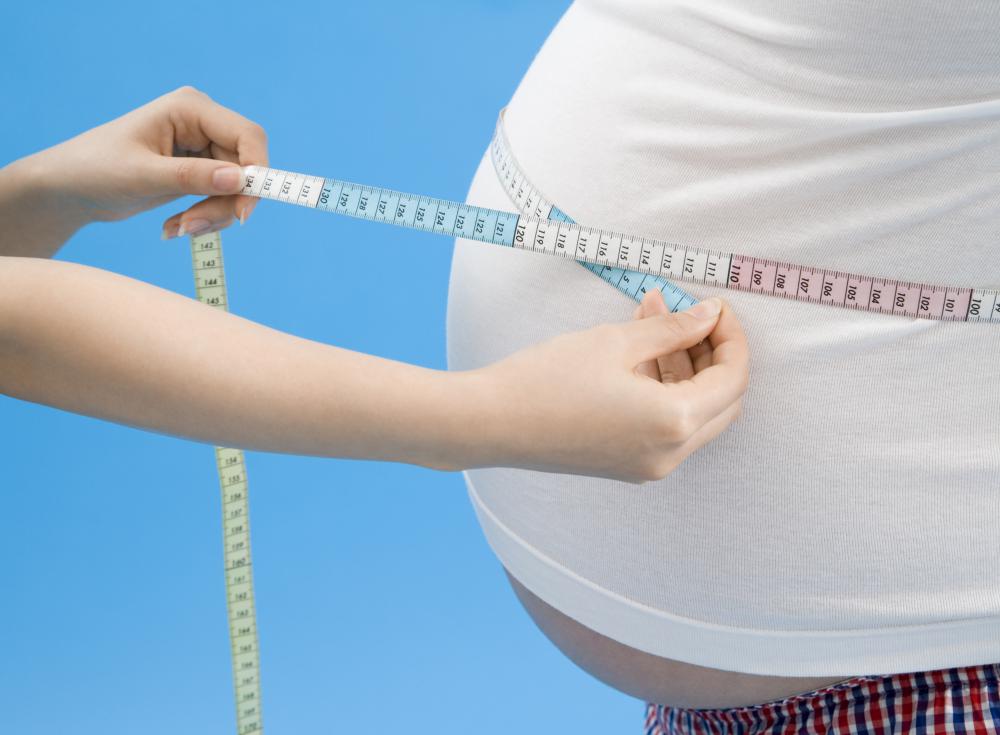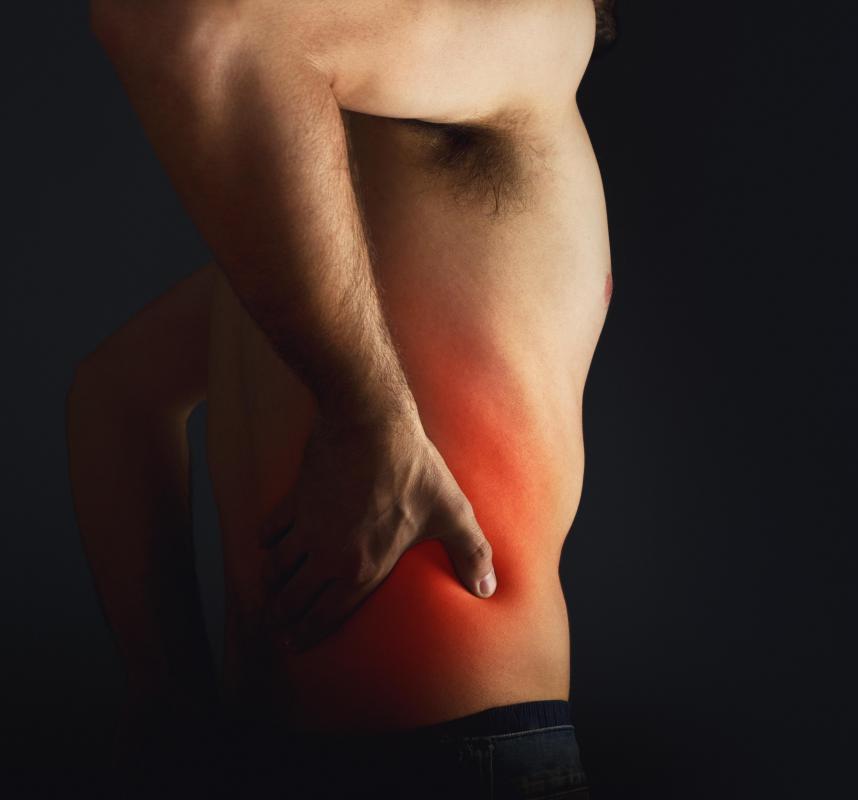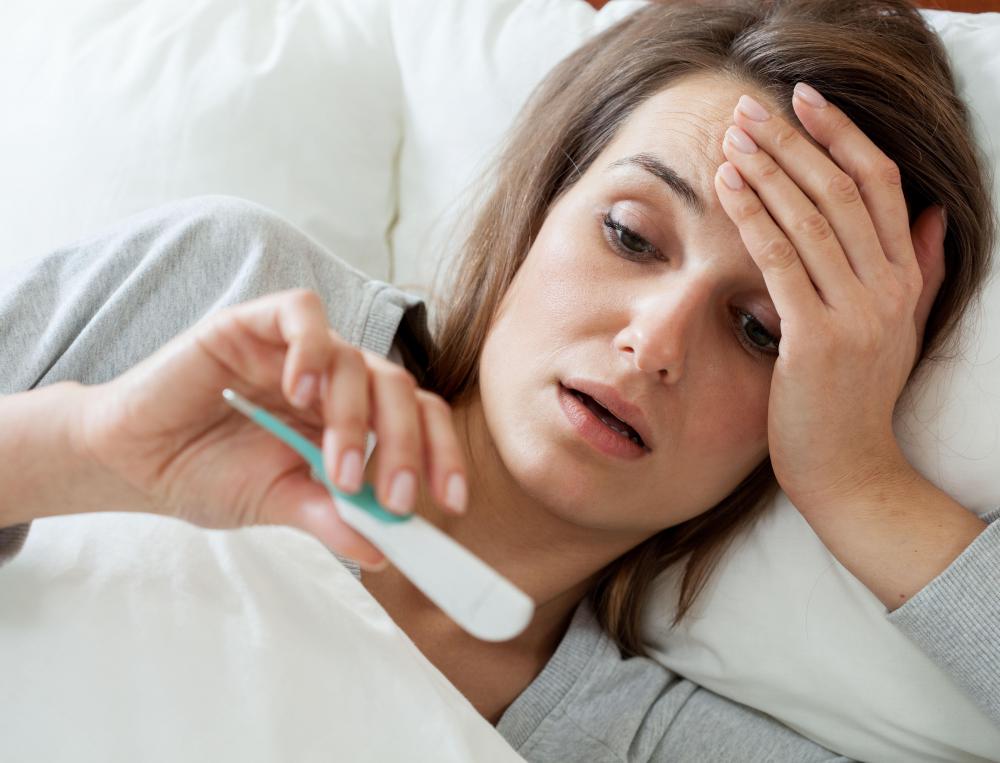At TheHealthBoard, we're committed to delivering accurate, trustworthy information. Our expert-authored content is rigorously fact-checked and sourced from credible authorities. Discover how we uphold the highest standards in providing you with reliable knowledge.
What is a Pilonidal Abscess?
A pilonidal abscess, commonly referred to as a pilonidal cyst, is an abscess that develops near or in the cleft of the buttocks. The word pilonidal means nest of hair in Latin and refers to the fact that most pilonidal abscesses contain debris of skin and hair. Men are more likely to suffer from a pilonidal abscess than women. More specifically, the condition is most common in Caucasian males aged 15 to 24. While the condition can occur in older individuals, it is rare, especially after age 40.
The most obvious symptom of a pilonidal abscess is pain in the buttocks and lower spine. Additional symptoms can include a general redness, swelling, and warmth of the skin around the buttocks. These abscesses frequently become infected, and when that happens pus and other liquid will usually drain from the sore. In rare cases, an infection of the abscess may lead to fever and nausea.

Common causes for a pilonidal abscesses include ingrown hairs and constant instances of skin rubbing against skin. Long periods of sitting or friction from activities like bicycling have been known to contribute to the forming of a pilonidal cyst. During World War II, many soldiers who drove Jeeps developed the condition, because they were sitting for long time periods while driving across bumpy roads.

A pilonidal abscess that has become infected will not improve or go away on its own; medical treatment is necessary to remove the growth. This involves first draining the abscess and then removing all hair surrounding the wound so it does not return. This is a minor, if uncomfortable, procedure that can usually be done in a doctor's office or emergency room.

In some cases of recurring abscesses, more invasive surgery may be needed. In these cases, a surgeon will completely expose the cyst and remove all debris. After this, the surgeon will either close the wound with stitches or leave it open to heal on its own from the inside. Although closing the wound with stitches allows for a quicker recovery, it also leads to a greater chance of the condition recurring.

The best way to avoid a pilonidal abscess is to avoid sitting for prolonged periods. As the condition is more common in the obese, weight loss can also help eliminate the risk of getting a cyst. Good hygiene is also an important aspect of preventing pilonidal cysts. People with excessive lower-back hair may want to shave or use hair-removal cream to help lessen the chances off an ingrown hair leading to a cyst.
AS FEATURED ON:
AS FEATURED ON:

















Discuss this Article
Post your comments